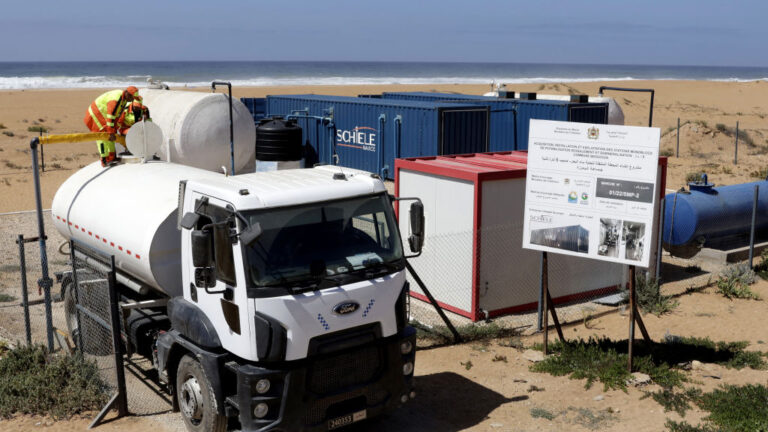
Fresh water we can use for drinking or agriculture is only about 3 percent of the global water supply, and nearly 70 percent of that is trapped in glaciers and ice caps. So far, that was enough to keep us going, but severe draughts have left places like Jordan, Egypt, sub-Saharan Africa, Spain, and California with limited access to potable water.
One possible solution is to tap into the remaining 97 percent of the water we have on Earth. The problem is that this water is saline, and we need to get the salt out of it to make it drinkable. Desalination is also an energy-expensive process. But MIT researchers led by Jonathan Bessette might have found an answer to that. They built an efficient, self-regulating water desalination system that runs on solar power alone with no need for batteries or a connection to the grid.
Probing the groundwaters
Oceans are the most obvious source of water for desalination. But they are a good option only for a small portion of people who live in coastal areas. Most of the global population—more or less 60 percent—lives farther than 100 kilometers from the coast, which makes using desalinated ocean water infeasible. So, Bessette and his team focused on groundwater instead.
“In terms of global demand, about 50 percent of low- to middle-income countries rely on groundwater,” Bessette says. This groundwater is trapped in underground reservoirs, abundant, and, in most places, present at depths below 300 meters. It comes mostly from the rain that penetrates the ground and fills empty spaces left by fractured rock formations. Sadly, as the rainwater seeps down it also picks up salts from the soil on its way. As a result, in New Mexico, for example, around 75 percent of groundwater is brackish, meaning less salty than seawater, but still too salty to drink.

